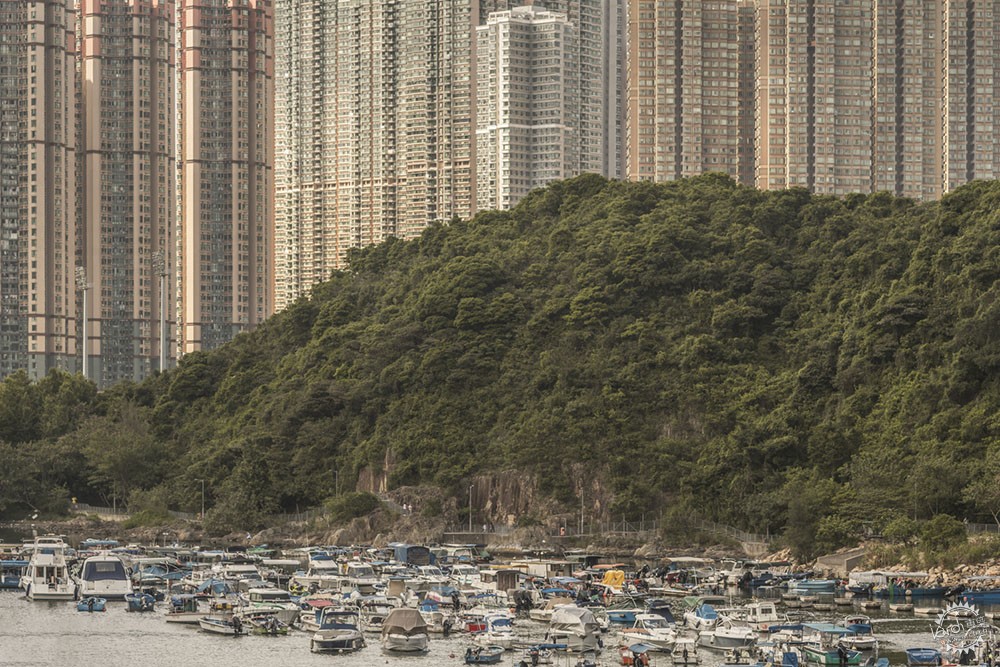
Psychology of Scale: People, Buildings and Cities
由专筑网Cortana,小R编译
在《城市为民》的导言中,Jan Gehl明确指出,大多数城市在规划建筑空间时都忽视了人的感受。虽然技术让我们能够建造大型建筑,但我们的重点却从为人类建造建筑转移到为不同物种而建造。自上而下的城市规划决策忽略了适应感官和有机增长的尺度,而新的意识形态总是优先考虑效率、功能和利益。
尺度,这个与人类联系紧密的空间元素,决定着我们的城市体验,刺激着我们的感官,影响着我们的幸福感。在本文中,我们藉由比利时摄影师Kris Provoost拍摄的一组名为《东方伊甸园》的照片所描绘的香港的一场尺度之争,从历史变迁和科学事实的角度,阐述尺度对日常城市生活的影响。
在《东方伊甸园》中,Kris Provoost捕捉到了香港面临的城市困境。香港是世界上摩天大楼数量最多的垂直城市,自上世纪50年代以来,香港一直在建设超密集的“新城镇”,以解决住房短缺、土地成本和容纳不断增长人口的问题。这些高达七十层的庞大新屋邨,建在由一群地形多山的岛屿组成填海土地上。高层建筑入侵自然,这是一场钢筋混凝土森林与绿色森林间一场无硝烟的战争。这一系列图片提出了这些地区未来的宜居性问题,表达了人类层面的缺失内容。
我们质疑空间的宜居性与周围建筑环境的尺度之间的关系,研究了导致这一全球现象的原因,并得出了具体的结论,构成了我们对Jan Gehl所写的《城市为民》的思考。
In the introduction of Cities for People, Jan Gehl stated clearly that most cities have neglected the human aspect when planning the built space. While technologies have allowed us to build large, our focus shifted from creating architecture for humans to erecting structures that look like they are meant for a different kind of species. Top-down urban planning decisions have ignored scales adapted to the senses and organic growth, and new ideologies prioritized speed, functionality, and profitability.
Dictating our city experience, scale, this major spatial component related to the human dimension, stimulates our senses, and influences our well-being. In this article, we lay down historical changes and underline scientific facts to highlight how scale can impact our daily city life, guided by Eden of the Orient, a series of photos by Belgian photographer Kris Provoost, portraying a battle of scale in Hong Kong.
In Eden of the Orient, Kris Provoost has captured the urban dilemma faced by Hong Kong. Known to be a vertical city with the highest number of skyscrapers in any city around the world, Hong Kong has been building hyper-dense “new towns”, ever since the 1950s, to solve housing shortage, cost of land and to accommodate its ever-rising population. These new overwhelming and massive housing estates, rising up to 70 floors, are built on reclaimed lands, a set of islands, with mountainous terrain. Intruding on nature, the images highlight an impressive battle of scale, between the high rise living and the abundant green-topped mountains. Raising the problem of future livability of these areas, the series of images showcases the absence of the human dimension.
Questioning the relation between the livability of space and the scale of the surrounding built environment, we examined the facts that led to this global reality, and drew concrete conclusions, founding our reflections on Cities for People, by Jan Gehl.

在20世纪20年代,新的现代主义意识形态引入了推崇远距、高楼和快速建筑的城市发展。随着新技术的出现,舒适度所占的比例逐渐消失。新的尺度的出现与传统知识无关,一切都变得更大了,建造速度也变得更快了。高密度的建筑群创造了冰冷、没有人情味的环境。城市是独立建筑和大型道路的集合。由于缺乏对人的尺度的理解,我们的城市最终变成了为小人物建造的大建筑。直到20世纪60年代,Jane Jacobs才扛起这面旗帜,在《美国大城市的死与生》一书中宣称,这种建造独立个体建筑的城市规划思想将终结城市空间和城市生活,人们终于开始质疑他们的建筑环境。
In the 1920s, new modernist ideologies introduced urban developments that praised huge distances, tall buildings, and fast architecture. As new technologies took over, comfortable proportions were vanishing progressively. New scales emerged with no regard to traditional knowledge. Everything became bigger, and construction became faster. Huge built-up areas created cold, impersonal, and formal environments. Cities were a collection of stand-alone constructions and large roads. Due to a lack of understanding of the human scale, we ended up with cities with large buildings for small people. Taking a couple of decades before realizing the consequences, it was only in the 1960s that Jane Jacobs raised the flag and claimed in her book The Death and Life of Great American Cities, that this urban planning ideology that produced free-standing individual buildings would put an end to urban space and city life. People were finally re-questioning their built environment.
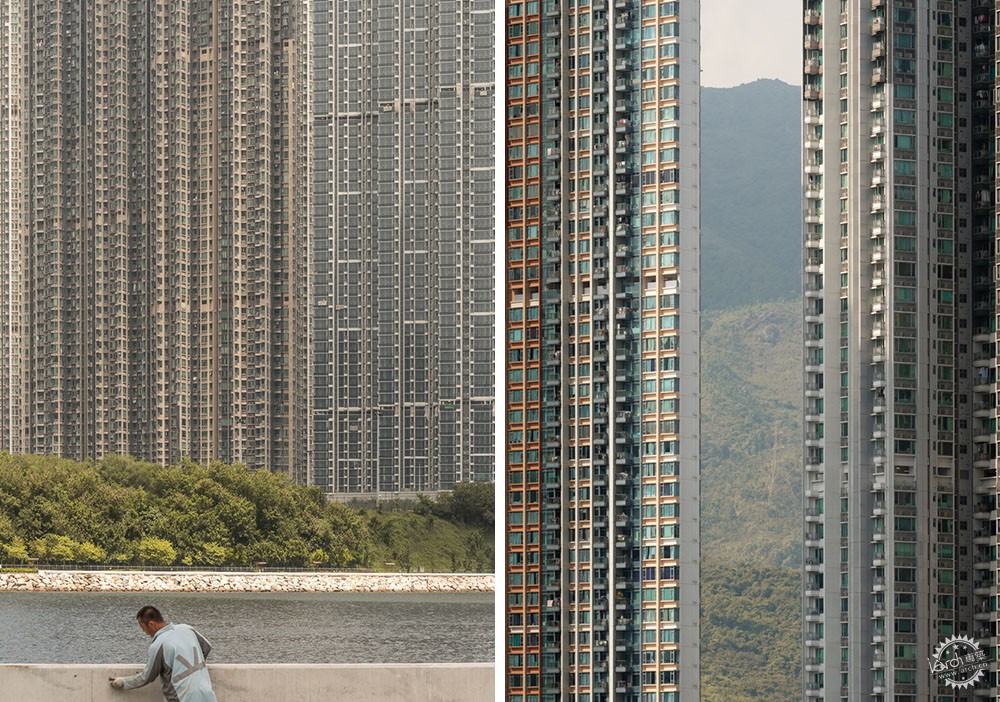
当人们在创造城市时理解了人的尺度的价值,他们首先要考虑的是人体自身。人类的视线是水平的,我们可以笔直地行走,但是却看不到上面的东西。虽然低矮的建筑能跟上我们的水平视线,但高层建筑却不能。事实上,我们的视野局限在地平线以上50-55度的范围内,很难抬起头来。这种特性影响了我们对周围空间的理解,让我们更容易感知低层建筑。Jan Gehl在他的《人的城市》一书中指出,在街上,我们很难感知到发生在高层建筑中的事件。越是高处,越是难以看到。事实上,街道和高层建筑之间的联系在五楼之后就消失了,它们不再属于城市。因此,高层建筑很容易脱离环境,无法参与城市生活。
As people understood the value of the human scale when creating cities, they first had to reflect on the human body. Humans who have a horizontal sense of sight, allowing them to walk straight do not see much above them. While low buildings keep up with our “horizontal sensory apparatus”, high buildings do not. In fact, our angle of vision is limited to 50-55 degrees above the horizon, making it difficult to raise our heads. Impacting our understanding of the space that surrounds us, these sensors make it easier to experience low-rise structures. In his book Cities for People, Jan Gehl states that “from the street, we can only experience with difficulty events that take place higher up in buildings. The higher up, the more difficult it is to see. […] In fact, the connection between street plane and tall buildings is effectively lost after the fifth floor […] they no longer belong to the city”. In fact, it is very easy for tall buildings to be disconnected from the context and not take part in city life.
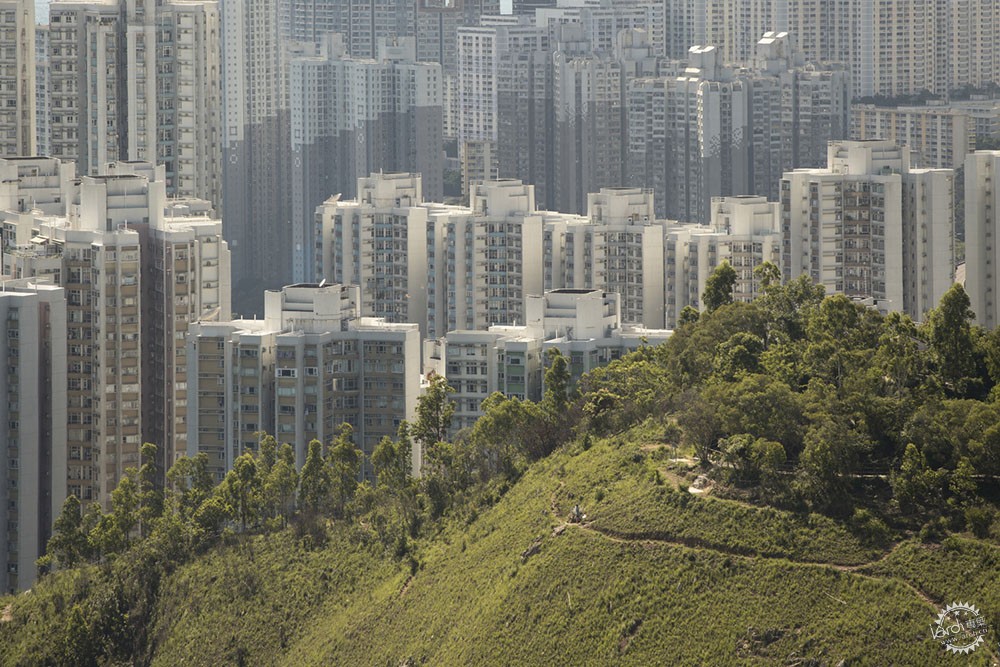
明确不同的体验,更小的尺度,与人的尺度相协调,在城市环境中产生交流、温暖、亲密,甚至联结,它会影响我们对空间的感知,让我们更容易待在低层建筑周围。城市的舒适和幸福体验与城市结构和城市空间如何与人体、人的感官以及相应的空间维度和尺度协调密切相关。基本上,我们的体验很大程度上是由我们周围事物的尺度决定的,无论我们是想在一个空间里徘徊、四处走动还是起飞,我们的行为都与我们所处环境的空间比例直接相关。体验越是自然、越不受拘束,我们就越想停留其中。
Defining different experiences, smaller scales, in harmony with the human scale produce communication, warmth, closeness, and even contact in an urban environment. Influencing our senses of being in the space, it is easier for us to be around low-rise buildings. “The experience of comfort and wellbeing in cities is closely tied to how city structure and city space harmonize with the human body, human senses, and corresponding space dimensions and scale”. Basically, our experience is largely determined by the scale of everything that surrounds us. Whether we feel like lingering in a space, moving around, or taking off, our behavior is directly related to the spatial proportions of our context. The more natural and unforced the experience is, the more we want to stay in the environment.
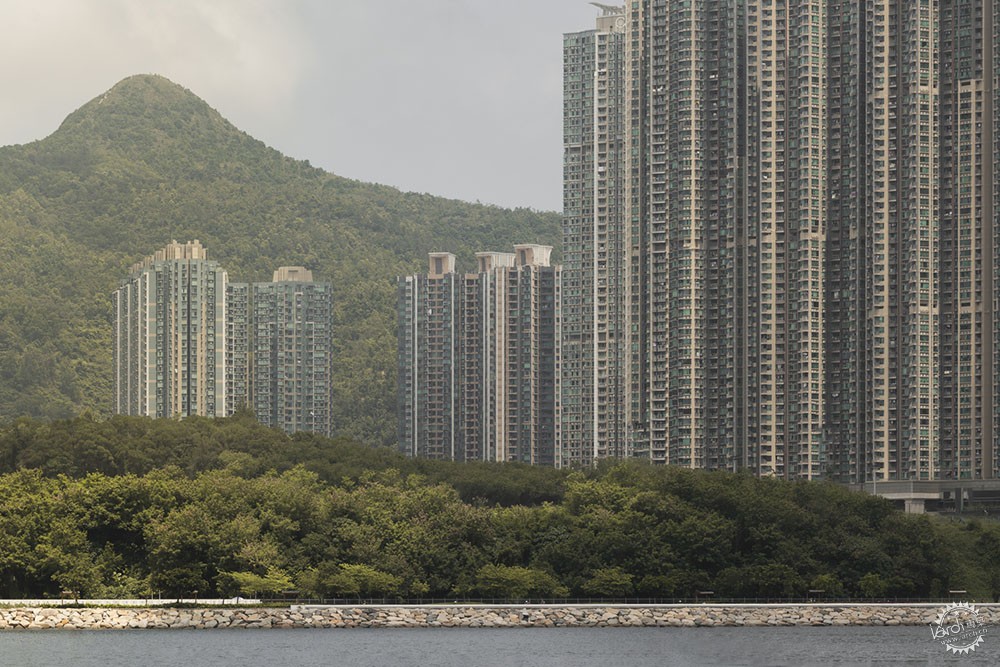
也就是说,只建低层建筑也不是最佳解决方案,尤其是当城市面临着城市扩张和人口增长带来的住房危机等挑战。城市需要高密度的建筑,但忽视人的尺度是不可取的。为此,现代城市规划提倡将诱人的城市空间、适度的尺度和明确的建筑环境层次相结合。Jan Gehl认为,为了不破坏人的尺度,"原则应该是建造一个在视线水平面上具有吸引力和凝聚力的城市,将更大的建筑放在顶部"。因此,一个理想的情况将涉及不同的尺度。由于我国大部分城市已基本建成,且大部分大型项目已建成,要想产生影响,修复已建成的项目,唯一的办法就是对人文景观的质量进行干预,减少视觉维度,建立易亲近的空间。
That being said, only building low-rises is also not an optimal solution especially when cities are facing challenges like urban sprawl and housing crisis related to the growing population. Cities need high building density, but neglecting the human scale is never an option. For that, modern urban planning praises a combination of inviting city space, modest dimensions, and a clear hierarchy in the built environment. In order not to shatter the human scale, “the principle should be to build cities that are attractive and cohesive at eye level and put larger buildings on top”, according to Jan Gehl. An ideal situation would involve therefore different scales. As most of our cities are largely built and the big bulk of large scale projects are already in place, the only way to have an impact and fix what has already been done, is through intervention on the quality of the human landscape, reducing visual dimensions, and establishing approachable spaces.
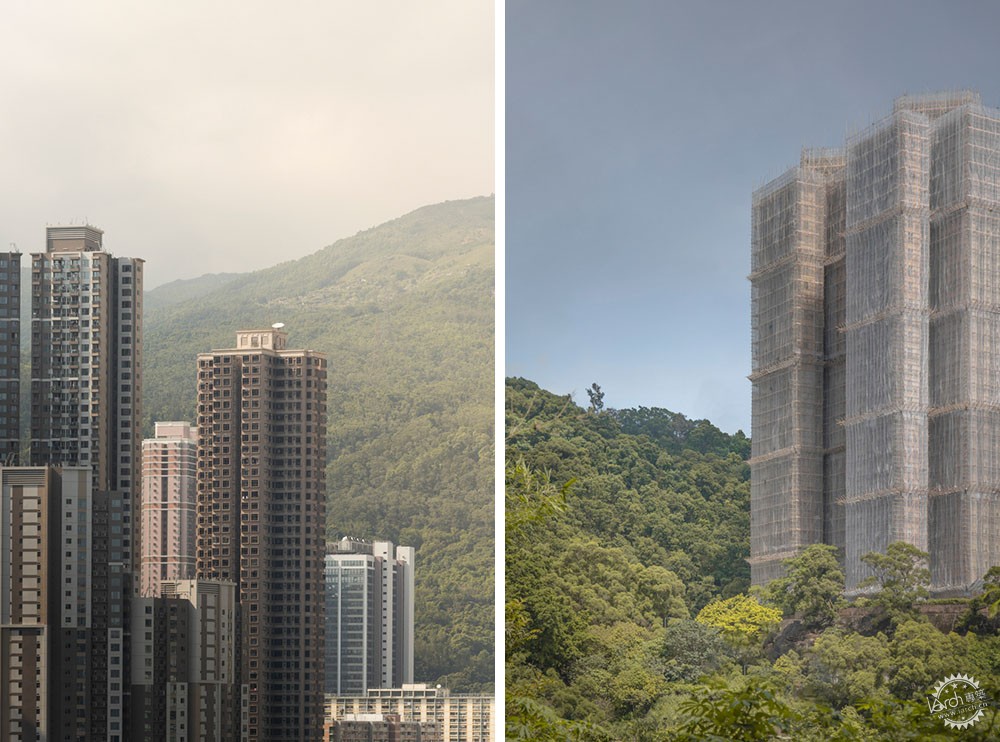
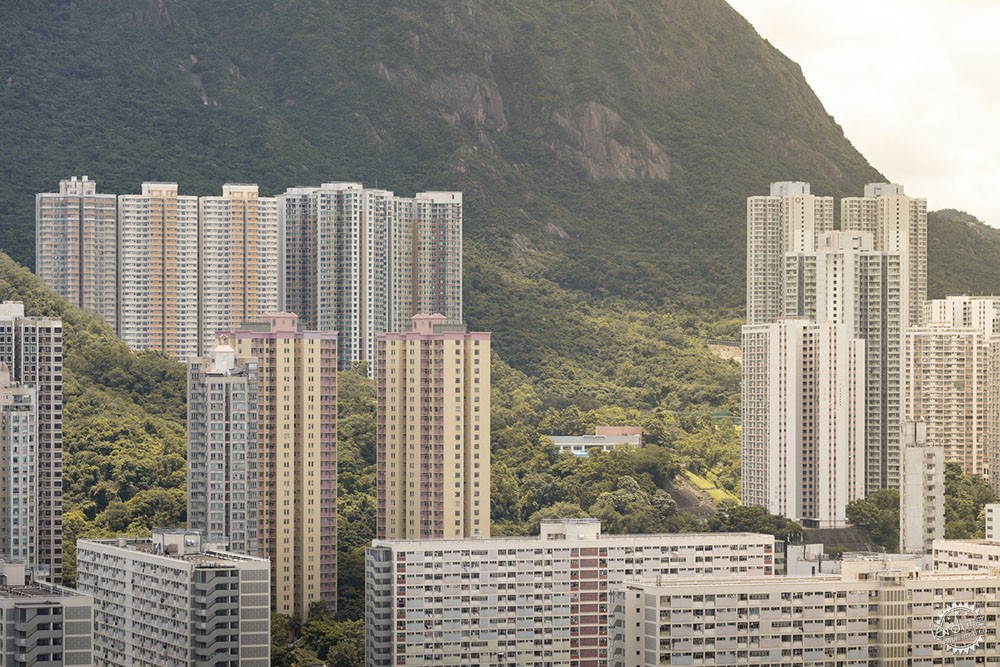
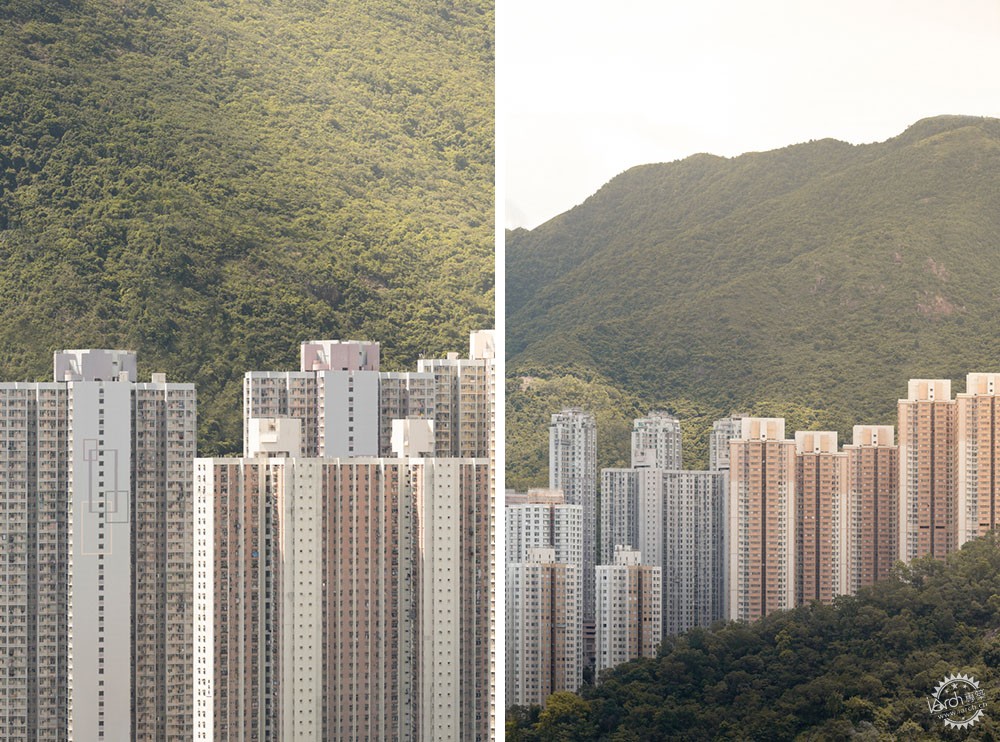
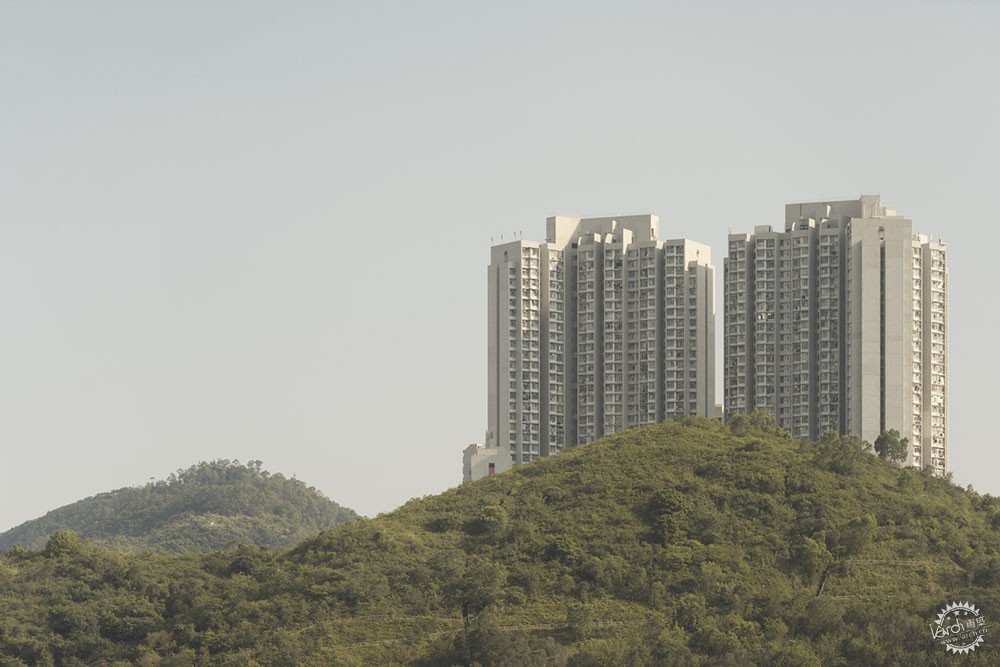
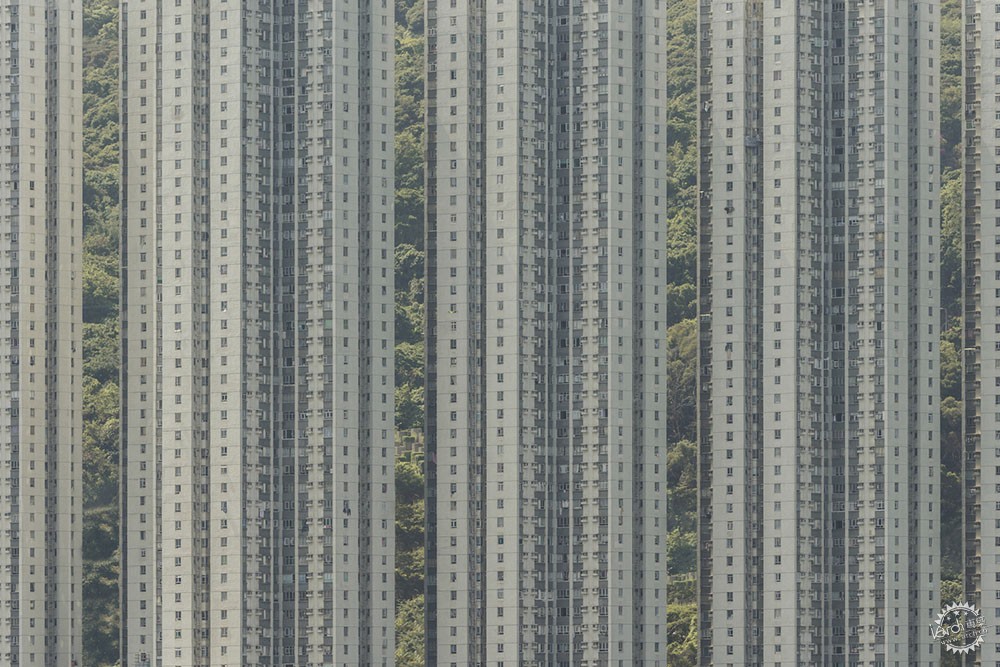
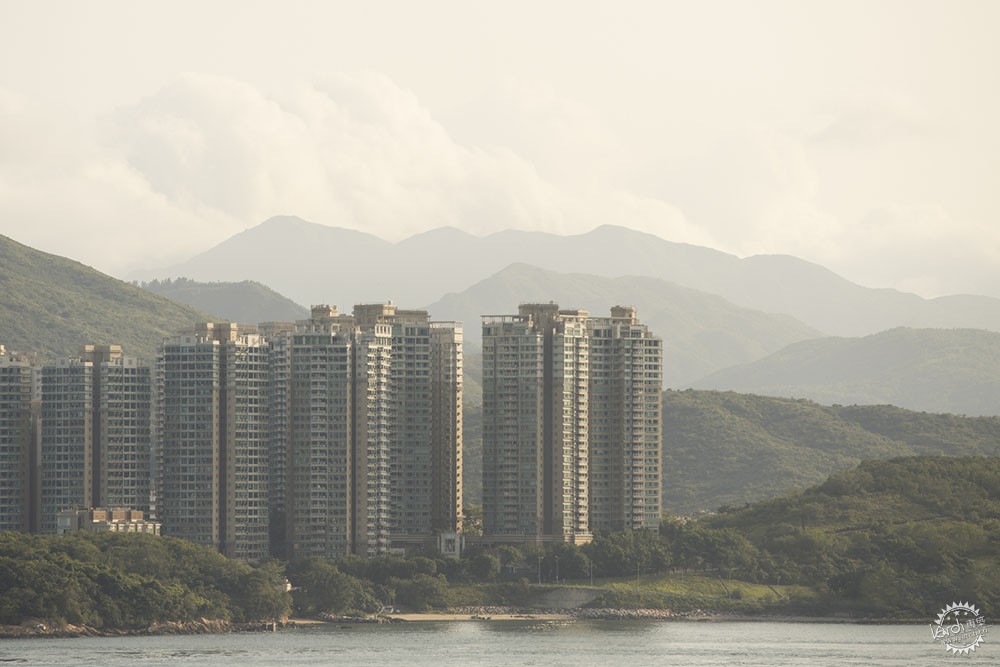

|
|
